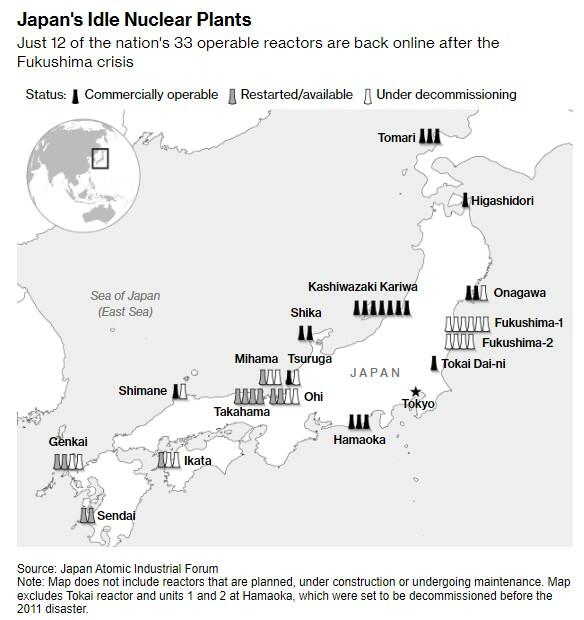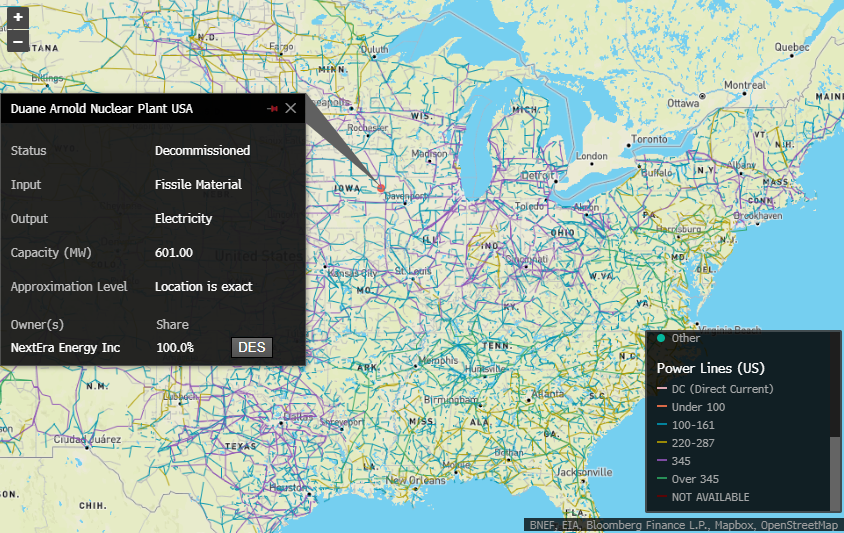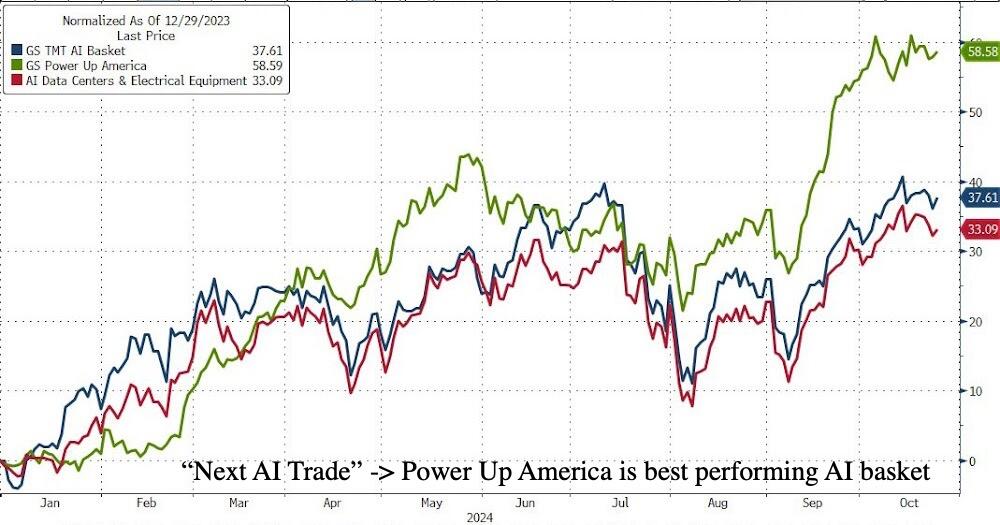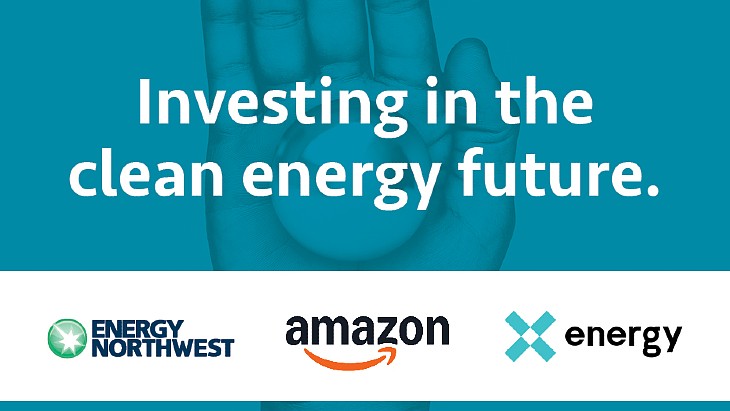Sky News
Updated Mon 28 October 2024

Kamala Harris has warned Donald Trump is "fixated" on division - amid growing unrest over a comedian's racist jokes at a rally for the Republican presidential nominee.
Appearing at the Trump rally on Sunday, Tony Hinchcliffe called Puerto Rico a "floating island of garbage" and said "these Latinos, they love making babies".
He made the remarks ahead of Mr Trump himself taking the stage at New York's Madison Square Garden.
Follow live: US election latest developments
After they sparked significant criticism from Republican and Democratic politicians, officials from the Trump campaign have been scrambling to distance themselves from Hinchcliffe's remarks.
Vice president Kamala Harris, speaking on Monday outside Air Force Two, said: "I think last night, Donald Trump's event in Madison Square Garden really highlighted a point that I've been making throughout this campaign.
"He is focused and actually fixated on his grievances on himself and on dividing our country and it is not in any way something that will strengthen the American family, the American worker.
"It is nothing about what he is saying that is actually going to support the aspirations, the dreams and the ambitions of the American people.
"There's a big difference between he and I. If he were elected on day one, he's going to be sitting in the Oval Office working on his enemies list."
Maria Elvira Salazar, who represents parts of Miami for the Republicans and has participated in recent events for the Republican presidential candidate, wrote on X that she was "disgusted" by the comment.
"This rhetoric does not reflect GOP [Republican] values," she said.
"Puerto Rico sent 48,000+ soldiers to Vietnam, with over 345 Purple Hearts awarded. This bravery deserves respect. Educate yourself!"
Democrat Alexandria Ocasio-Cortez, who is of Puerto Rican descent and was born in New York, reacted to the comments during a live stream with Kamala Harris's running mate Tim Walz.
Eyewitness: Was Trump's rally an evocation of Nazism?
"When you have some a-hole calling Puerto Rico 'floating garbage', know that that's what they think about you," she said.
"It's what they think about anyone who makes less money than them."
Hinchcliffe defended himself on X, accused Ms Ocasio-Cortez of having "no sense of humour" and said he loves holidaying in Puerto Rico.
Moments after Hinchcliffe made the comments, rapper Bad Bunny endorsed Ms Harris, sharing a video with the Democratic candidate saying "there's so much at stake in this election for Puerto Rican voters and for Puerto Rico".
Read more:
Trump showing 'obvious mental decline', says Michelle Obama
Beyonce makes rare political appearance
Luis Fonsi, a Puerto Rican artist who sings the hit Despacito, wrote on Instagram "going down this racist path ain't it".
Meanwhile, Ricky Martin, the Livin' La Vida Loca singer who had previously endorsed Ms Harris, was also offended by the comment and said "that's what they think of us", on Instagram.
Danielle Alvarez, a spokesperson for the Trump campaign, insisted the joke did "not reflect the views of President Trump or the campaign".
The row may boost the Harris campaign as it tries to bolster its support with Latino voters, among whom Mr Trump has been working to gain ground.
The Puerto Rican vote is sizeable in Pennsylvania, which is arguably the hardest-fought of the swing states in the 2024 election.
👉 Listen to Sky News Daily on your podcast app 👈
Other speakers at the New York rally also made incendiary comments about Ms Harris, with just more than a week to go until the election.
Mr Trump's childhood friend David Rem referred to Ms Harris as "the Antichrist" and "the devil".
Businessman Grant Cardone told the crowd Ms Harris "and her pimp handlers will destroy our country".
Among the rally's other speakers were former professional wrestler Hulk Hogan, Tesla and X owner Elon Musk, TV psychologist Dr Phil McGraw and former Fox News host Tucker Carlson.
Mr Trump was introduced to the crowd by his wife, Melania, who was making a rare public appearance.
He was more than two hours late to the event.
Here Are 8 Celebrities And Leaders Who Called Out THAT Trump Rally Speaker Who Said Puerto Rico Is "A Floating Island Of Garbage"
Michaela Bramwell
Mon 28 October 2024 at 1:49 pm GMT-6·4-min read
If you watched the news this weekend, I'm sure you heard about Donald Trump's most recent rally held at Madison Square Garden, which went super-viral for how many objectively racist comments were made in a span of six hours.

Michael M. Santiago / Getty Images
One comment comedian Tony Hinchcliffe made about Puerto Rico sparked enormous online backlash.

Angela Weiss / Getty Images
"I don’t know if you guys know this, but there’s literally a floating island of garbage in the middle of the ocean right now. Yeah, I think it’s called Puerto Rico," Hinchcliffe said to the crowd.
RSBN / Twitter: @Acyn
This isn't the first time the Trump campaign has insulted American citizens to their faces as a "strategy." However, to put this into context — Puerto Ricans make up about 8.9% of New York City, and this "joke" was told in New York City — meaning Republicans referred to an entire voting bloc as "garbage."

The Washington Post / Getty Images
Following the clip going viral on X, Latino celebrities took to social media to express their disgust at the comment. Singer Ricky Martin reposted the video from the rally and wrote, "This is what they think of us. Vote for Kamala Harris."

@rickymartin via IG stories / Via Instagram: @ricky_martin
Latino pop stars Bad Bunny and Jennifer Lopez both reposted Kamala Harris's campaign video describing her plans for Puerto Rico as president.

Kamala Harris speaks in a video with an American flag backdrop, discussing an election for Puerto Rican voters and Puerto Rico

Text:
@badbunnypr via IG / Via Instagram: @badbunnypr, @jlo via Instagram / Via Instagram: @https://www.instagram.com/stories/jlo/3488421770817088251/
Singer Luis Fonsi also took to Instagram, writing: "I understand comedy; I'm a big fan of it. I love roasts, trust me, I get it, BUT...this is far from comedy. Not now, not against my island, my people. Hell nah! It's okay to have different views, and I respect those who think differently from me...but going down this racist path ain't it."

"I'm so proud to be Puertoreqquino, to be Latino! We are not okay with this constant hate. It's been abundantly clear that these people have no respect for us and yet they want our vote. Oh yeah, and I purposely wrote this in English because we're American too."@luisfonsi via IG stories / Via Instagram: @luisfonsiMore
Rapper Fat Joe reacted to the video on Instagram as well, referencing Trump's past behavior toward Puerto Ricans during Hurricane Maria. "The man threw towels at you and blocked financial aid in Hurricane Maria and you Bori's think he's your guy WAKE UP VOTE!!!! This is what he really thinks about you."

AFB Contributor / Getty Images
Conservative political commentator Geraldo Rivera weighed in as well, calling on Latino men to "have pride in yourselves and your ancestors" by voting against Trump.
Vice presidential nominee Tim Walz and Congressperson Alexandria Ocasio-Cortez reacted to the clip while streaming live on Twitch. "Who is that jack-wad?" Walz asked. "When you have some a-hole calling Puerto Rico 'floating garbage,' know that that's what they think about you. It's what they think about anyone who makes less money than them," AOC said. "I want every Puerto Rican in Philadelphia and Reading and across the country to see this clip."

AOC via YouTube / Via youtube.com
The comedian who made the remark about Puerto Rico, Tony Hinchcliffe took to X to respond to Walz and AOC's critiques, writing: "These people have no sense of humor. Wild that a vice presidential candidate would take time out of his 'busy schedule' to analyze a joke taken out of context to make it seem racist. I love Puerto Rico and vacation there. I made fun of everyone…watch the whole set. I’m a comedian Tim…might be time to change your tampon."
Kelly Rissman
Mon 28 October 2024 at 1:35 pm GMT-6·3-min read
Tony Hinchcliffe, a comedian facing backlash after his remarks at Donald Trump’s recent Madison Square Garden rally, is not backing away from his racist jokes.
At Trump’s campaign event in Manhattan on Sunday, he called Puerto Rico “a floating island of garbage in the middle of the ocean” amongst other offensive comments about Jewish and Black Americans.
Tim Walz was among those criticising the comments, branding the comedian a “jackwad” and recalled Trump’s response to Hurricane Maria when it hit Puerto Rico in 2017.

Tony Hinchcliffe performed a widely criticised set at Trump’s Madison Square Garden rally on Sunday (AP)
“Does anybody remember how [Trump] responded to [Hurricane] Maria in Puerto Rico? It was absolutely horrific,” Walz said during a Twitch livestream on Sunday. “Down there, insulting people. People in Puerto Rico are citizens, they pay taxes, they’re in the military.”
But Hinchcliffe has now defended himself on X and hit back at Walz.
“These people have no sense of humor. Wild that a vice presidential candidate would take time out of his ‘busy schedule’ to analyze a joke taken out of context to make it seem racist,” the co-host of Kill Tony podcast said in a Sunday X post.
“I love Puerto Rico and vacation there. I made fun of everyone…watch the whole set. I’m a comedian Tim…might be time to change your tampon.”
The tampon comment refers to a name Republicans have given Walz — “Tampon Tim” — because as Minnesota governor, he signed legislation mandating public schools in the state provide menstrual products in all bathrooms.

Tim Walz discussed the routine while Twitch streaming with AOC (Twitch)
Congresswoman Alexandria Ocasio-Cortez swiftly responded to Hinchliffe’s latest remarks: “Can’t get over this dude telling someone else to change tampons when he’s the one s****ing bricks in his Depends after realizing opening for a Trump rally and feeding red-meat racism alongside a throng of other bigots to a frothing crowd does, unironically, make you one of them.”
The New York Democrat added, speaking to Hinchcliffe directly via X: “You don’t ‘love Puerto Rico.’ You like drinking piña coladas. There’s a difference.”
Hinchcliffe has faced significant backlash in the wake of his performance and even the Trump campaign has distanced itself from them.

Then-president Donald Trump throws a paper towel roll during a visit to Guaynabo, Puerto Rico in 2017, in the aftermath of a devastating hurricane (AFP via Getty Images)
In a statement, senior Trump adviser Danielle Alvarez claimed the joke “does not reflect the views of President Trump or the campaign.”
Florida Senator Rick Scott wrote on X that the “joke bombed for a reason.”
“It’s not funny and it’s not true,” the senator continued. “Puerto Ricans are amazing people and amazing Americans! I’ve been to the island many times. It’s a beautiful place. Everyone should visit! I will always do whatever I can to help any Puerto Rican in Florida or on the island.”
And Florida Congresswoman María Elvira Salazar said she was “disgusted” by his Puerto Rico joke.

_13550.jpg)
_58517.jpg)



_92619.jpg)
_22592.jpg)
